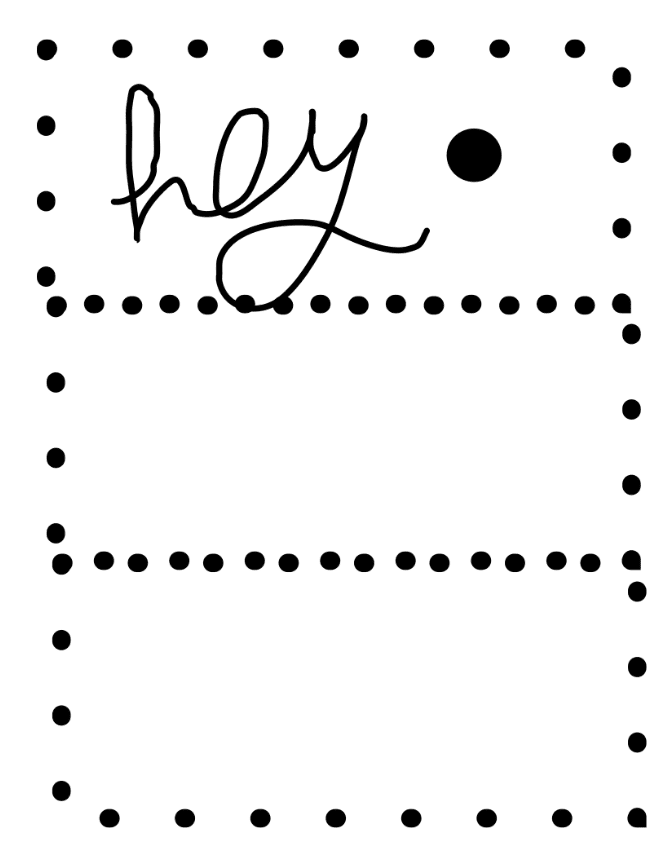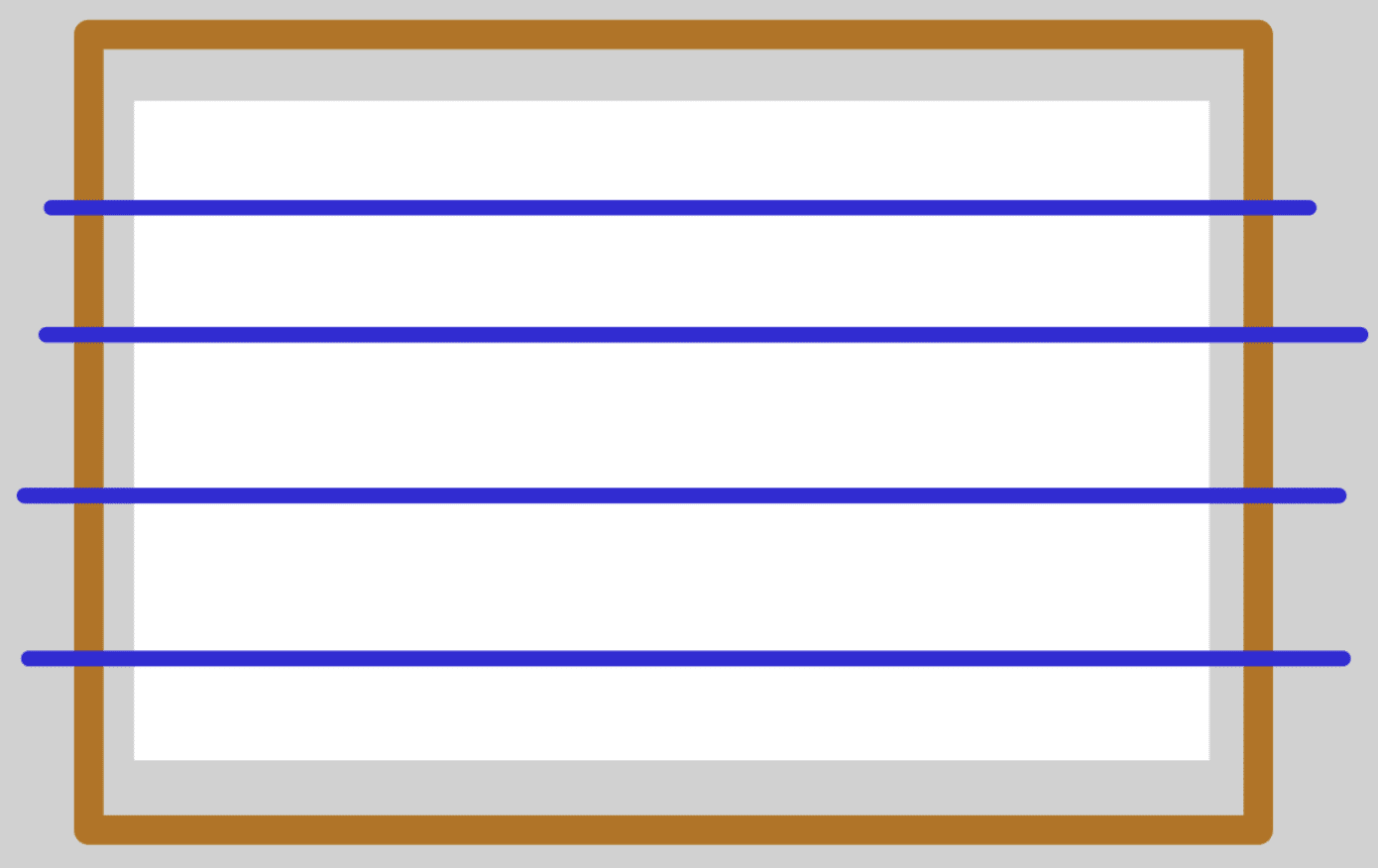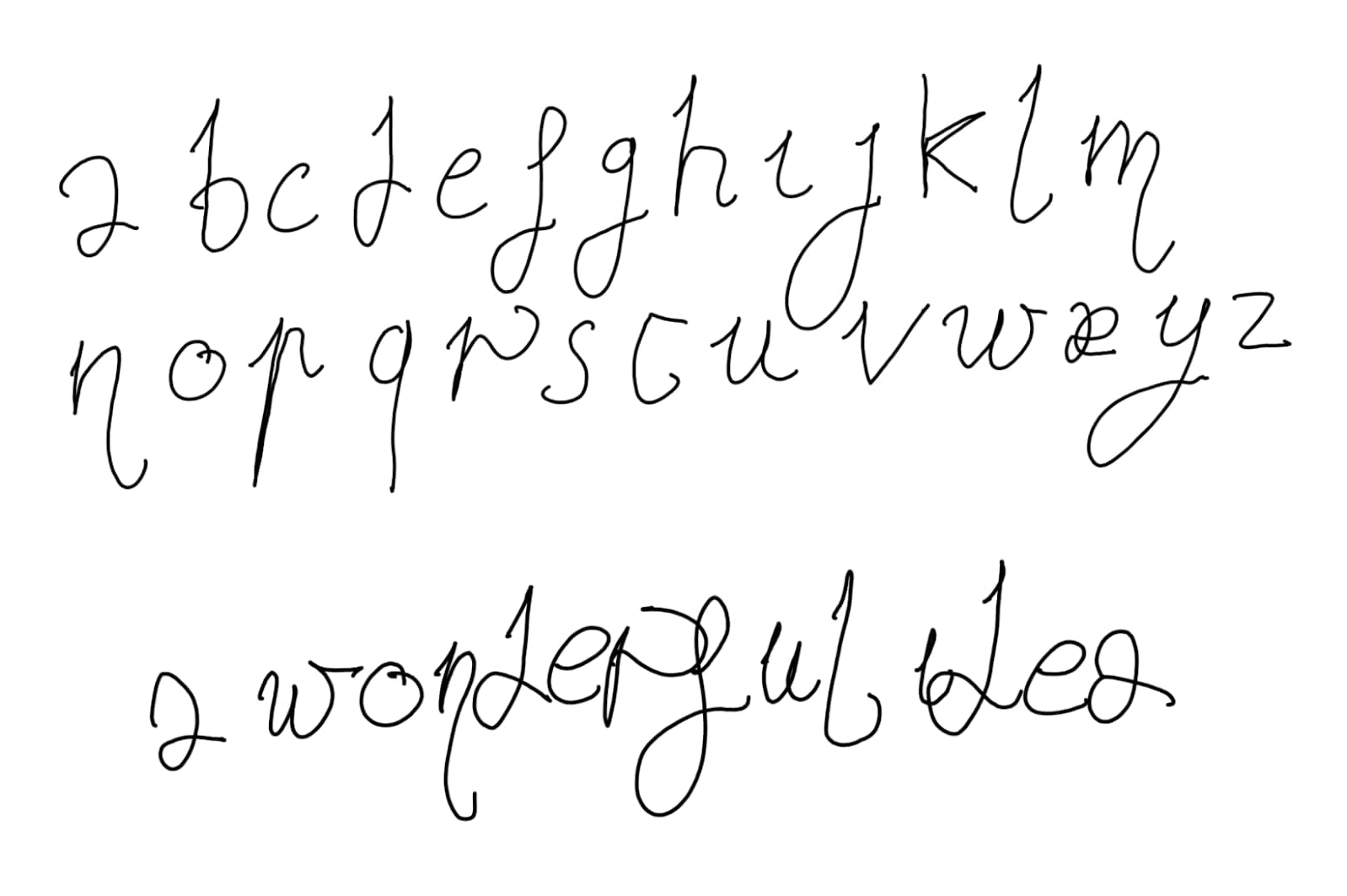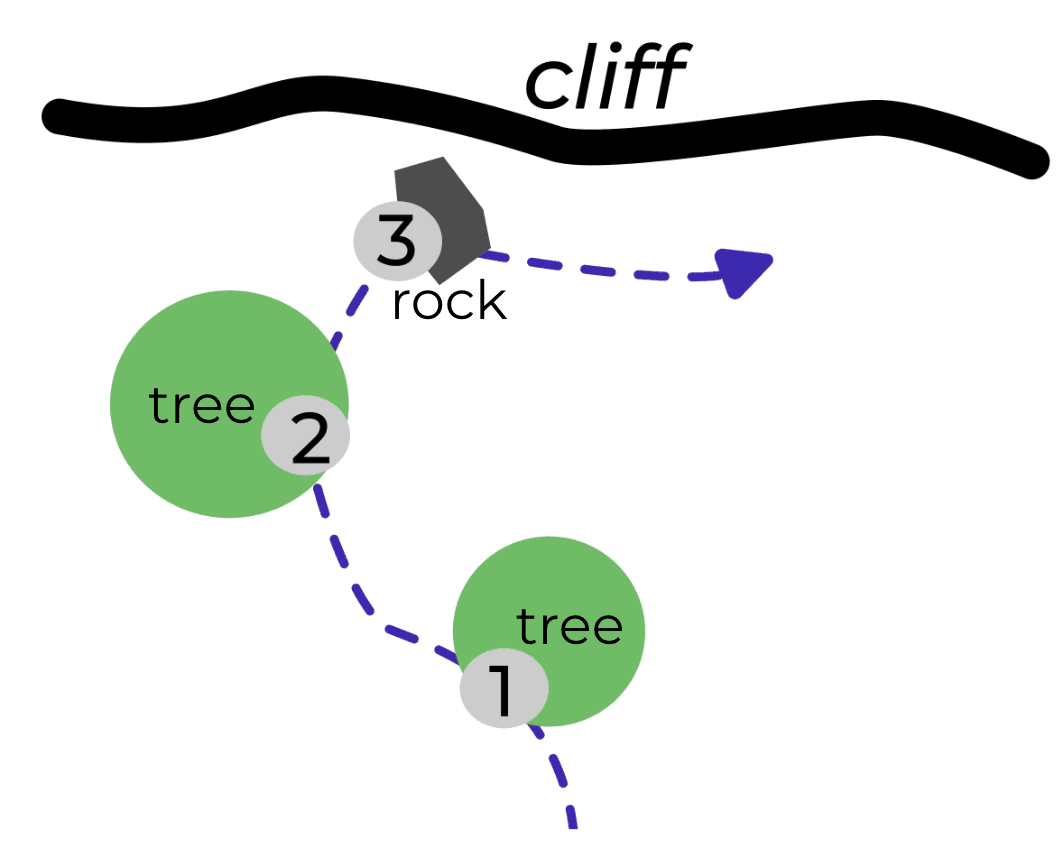The problem
I am in bed, about to fall asleep and I have an idea. One of those ideas that shines a special light; it feels like a great idea. I grasp it firmly so it doesn't escape my mind. These ideas often come in chains, one inspiring the other, filling my phonological loop. I am running out of mental space, and I feel the frustration as ideas fall out of my awareness, never to be found again.
It is already late, and I have to wake up early tomorrow. Turning on my phone or opening the light to write in my notebook will reset my sleepiness level, and I'd need an additional 30 minutes before falling asleep.
This problem has been occurring for the past 10 years or so. To avoid this uncomfortable situation, I came up with a few different solutions to write down ideas in the dark.
Solution 1: ~2017-2022. Perforated paper.
I prepared the pages of a notebook by puncturing holes using a thin screwdriver to create boxes I could feel with my fingers in the dark. I would keep the notebook, the screwdriver, and a pen near my bed at night.
To note an idea, I would find an empty box, write a few words to recall the idea in the morning, and perforate the box with the screwdriver to signal that the box is filled and to avoid overwriting it with another idea.
It worked well! I had my first system to offload mental load at night. However, the added effort to prepare the notebook and manipulate the screwdriver in the dark was quite impractical. On top of that, my naturally cryptic handwriting combined with writing blindfolded meant many messages were unreadable when I discovered them in the morning.
Solution 2: ~2019-2023. Wooden frame and a robust alphabet
To solve the friction of perforation, I created a fixed frame made of four sticks with lines climbing tapes (in blue in the diagram). The frame would rest on top of my open notebook, and I would leave my pen in the first empty line. At night, I would find the line with the pen, write the idea, and place the pen in the empty line below.
As for the problem of readability, I designed an alphabet where each letter can be drawn in a single stroke, with exaggerated features to make them clearly recognizable even if the shape gets distorted or overwritten by neighboring letters.
The alphabet, and "a wonderful idea" written with the eyes closed.
Solution 3: ~ 2023 - now. Mental palace for temporary storage.
It is surprising how sharp the memory of places we lived in can be. For instance, if I close my eyes, I can vividly imagine the position of all the furniture in the bedrooms where I lived, even if it was almost 10 years ago!
My current solution relies on this underrated skill. I picked a clearing in a forest near where I grew up, where I used to go regularly. I designed a path across a few landmarks in the clearing, including both real objects and some that are purely imagined, like a talking sequoia.
To store an idea at night, I create a mental pointer to the idea and drop it near the next empty landmark along the path. Good pointers are characters that interact with the environment in one way or another. For instance, if I want to remember to message a friend, I’ll imagine this friend in the clearing with a letter in their hands, putting a nail in the trunk of a tree to display it.
In the morning, I naturally remember that I used my mental palace at night and mentally walk through the path to gather the pointers I left there.
It is a clear improvement over past solutions. It is very reliable, and I don’t even need a notebook anymore.
No hardware or software required. Sometimes, mindware is a better solution.



